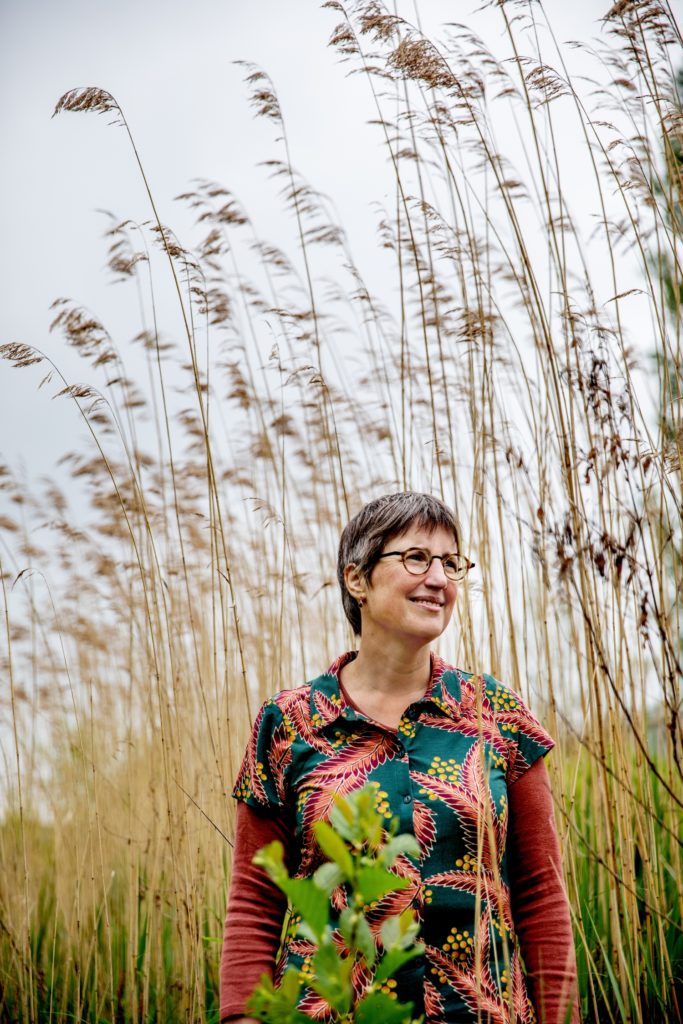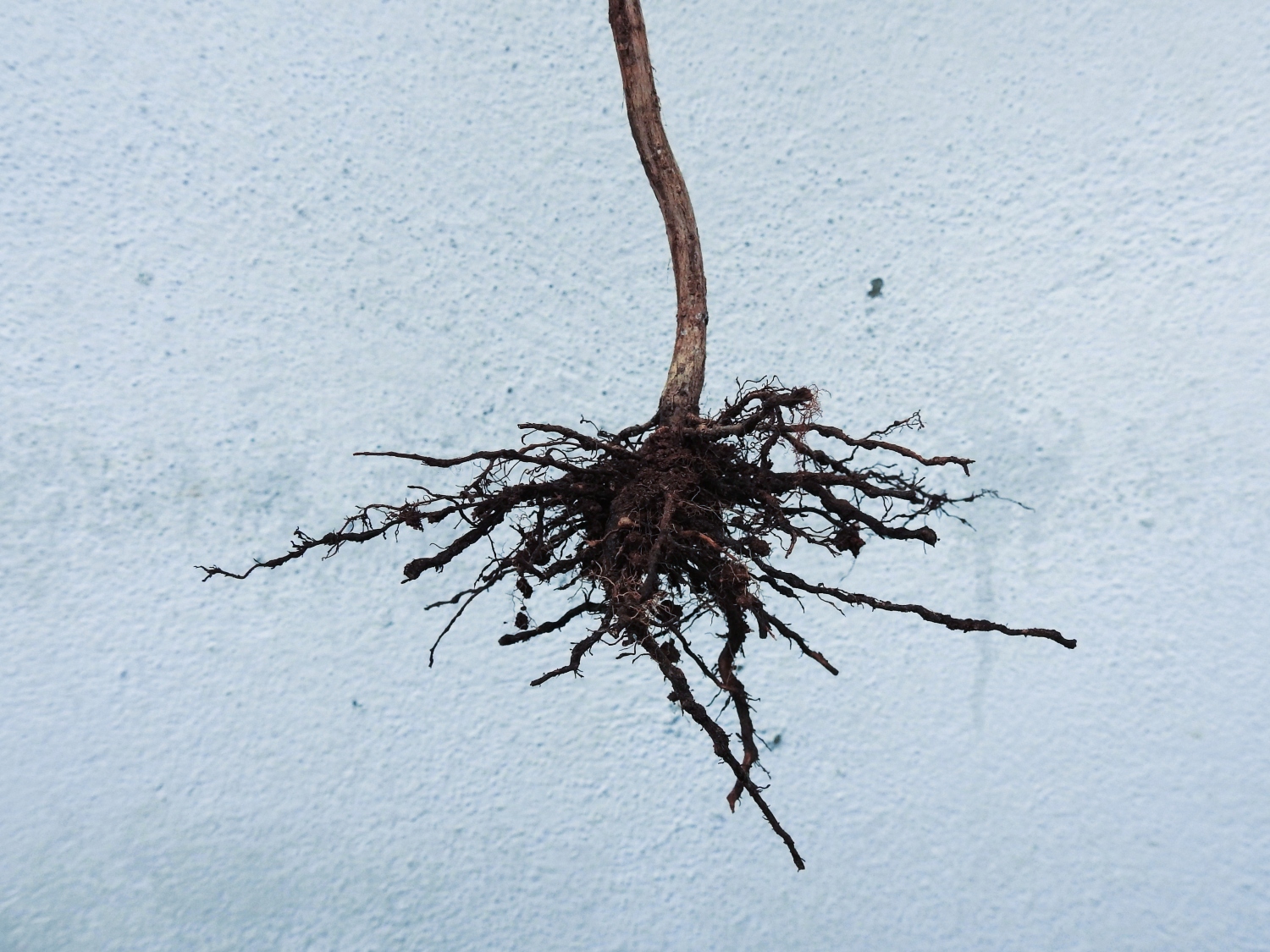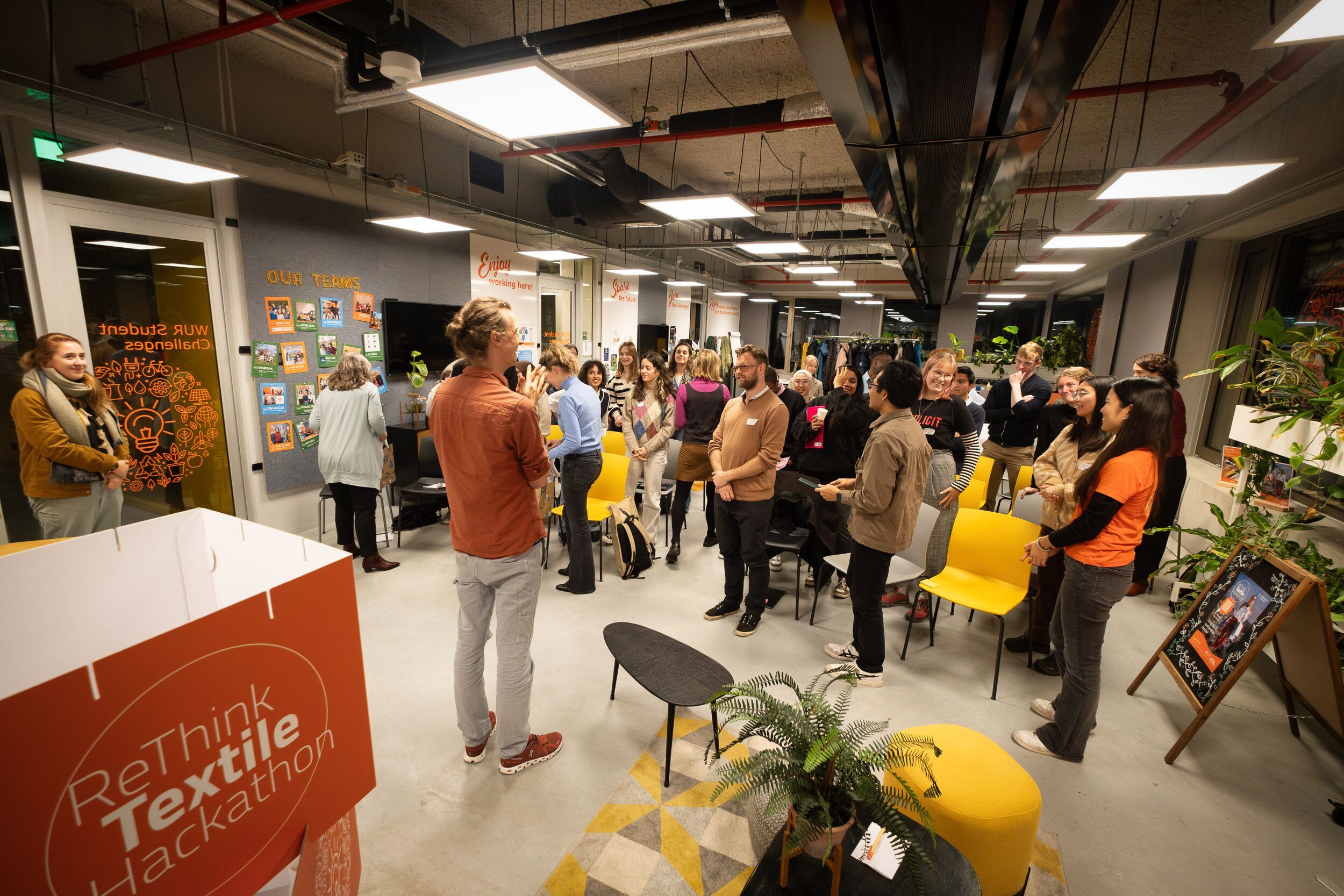Monocultures are more susceptible to disease than diverse vegetation. Diversity protects plants from pathogens in some way.
This pattern has been known for over half a century but does not always apply. ‘In some cases, diversity has no effect on the likelihood of diseases breaking out, and may even increase that likelihood’, says Professor of Below-Ground Ecology Liesje Mommer. She intends to use the ERC grant to seek an explanation for these phenomena.
Density
The prevailing theory is a simple one. Mommer: ‘When there is greater diversity, the number of individuals of the same species is lower. That also means that there are fewer hosts for pathogens. As a result, pathogens have fewer opportunities to propagate.’ However, there are examples to the contrary, showing there must be more to this than just the population density of the host. ‘We aim to settle the debate about this issue’, Mommer declares.
Are plant communities with better mycorrhiza networks more resistant to pathogenic fungi?
Liesje Mommer, professor of Below-Ground Ecology

A possible explanation may be found in the soil, where mycorrhiza fungi exist in symbiosis with plant roots. ‘These fungi are known to exchange minerals for sugars from the plant. There is now preliminary proof that they also protect the plants against disease. We aim to discover how generally this applies. Are plant communities with better mycorrhiza communities more resistant to pathogenic fungi? And what are the properties of such communities?’
Strip tilling
Another aspect Mommer aims to study is how different fungi interact. ‘Some plants within a community boost certain pathogens at the expense of others. Knowing more about these dynamics could be useful in agriculture, for example, in making strip tilling more resilient against disease. My mission is to use biodiversity to make farming systems more resilient so that fewer pesticides are required.’
If nature teaches us where these protective effects occur, we can apply them in agriculture
Liesje Mommer, professor of Below-Ground Ecology
Mommer is to create a large variety of plant communities in a greenhouse and release pathogens among them. She builds on her expertise in grassland systems, which she has studied extensively. There are eighty species that are native to grassland systems and three soil fungi to work with. Mommer: ‘If nature teaches us where these protective effects occur, we can apply them in agriculture.’
Mommer will collaborate with three research trainees, two post-docs and one analyst.

 [foto]
Liesje Mommer studies below-ground mycorrhiza fungi that maintain a symbiotic relationship with plant roots and may protect plants from diseases. Photo Shutterstock
[foto]
Liesje Mommer studies below-ground mycorrhiza fungi that maintain a symbiotic relationship with plant roots and may protect plants from diseases. Photo Shutterstock


